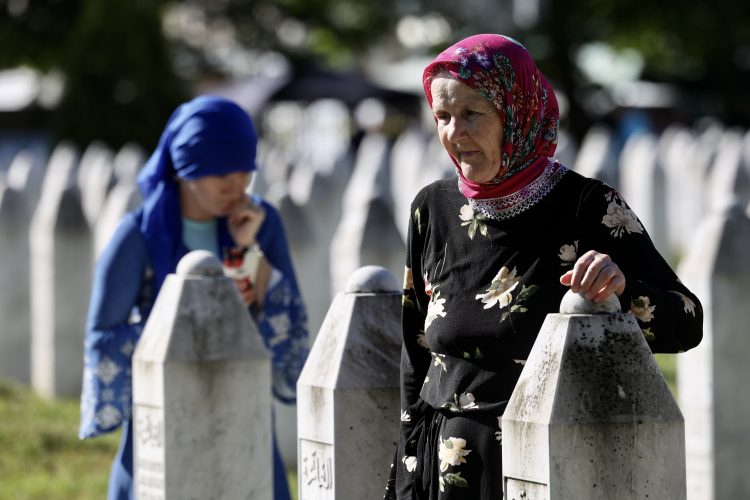
Sajit Hukic was 19 when he became one of the victims of the Srebrenica genocide in July 1995. His sister was looking for his remains for 27 years. On Monday she finally laid him to rest next to the 6,671 victims already buried at the memorial center in Potocari.
The broken woman had nothing to say to reporters.
Her brother was among the 50 newly buried victims of Europe’s only recognised genocide apart from the Holocaust. With them, the number of white gravestones rose to 6,721 – still over a thousand short of the 8,372 that went missing after Bosnian Serb forces overran the eastern Bosnian enclave on July 11, 1995.
It has been so long now that some of those searching for the remains of their loved ones are now dying of old age.
This was the case with Hajra Catic, who founded and headed the Association of the Women of Srebrenica until she passed away last year. She never found even one bone belonging to her son, Nino.
Dutch “Blue Helmets” who were supposed to protect the civilian population of the town watched helplessly as soldiers separated the Bosniak men from women and children to take them to the killing fields.
The bodies of the victims were buried in a large number of mass graves in the area.
“For 27 years, this place has kept a terrible memory – the memory of the deep fear of all those who desperately sought protection here in July 1995, but also the memory of the complete helplessness of UN soldiers who wanted so much to help them,” Dutch Defence Minister, Kasja Ollongren, said at the ceremony.
“These are your memories, but also ours,” the Minister said.
“There is only one culprit for the terrible genocide – the so-called Army of Republika Srpska. But I will be clear – the international community failed to provide protection to the people of Srebrenica. As part of that community, the Government of the Netherlands shares political responsibility. For this, we offer you our deepest apologies,” she said.
Every year, families of the victims bury another group of newly found and DNA identified bodies of their loved ones. And every year a choir performs the “Srebrenica inferno” – a song that talks about the pain of a child that has lost its parents, brothers, sisters during the massacre.
This year, the song was particularly heartbreaking as it was for the first time performed by the now grown daughters of the victims.
'Srebrenica Inferno' performed at the Potocari Memorial Centre during the commemoration for the #Srebrenica #genocide victims. Read more on the 27th anniversary: https://t.co/wNF13Azl3r#Srebrenica27 #SrebrenicaGenocide https://t.co/HFcGRty3fi
— N1english (@N1info) July 11, 2022
Many international and BiH officials, as well as public figures, spoke at the commemoration event, and one of them was the associate executive vice president and general counsel of the World Jewish Congress, Menachem Z. Rosensaft.
He dedicated part of his emotional address to the memory of Catic and her son, Nino.
“Srebrenica is turning into a vast slaughterhouse,” the young man warned in his last radio broadcast on July 10, 1995.
“We have difficulty visualizing 8,372 murdered men and boys, their images and faces merging into one another, just as we are unable to conceptualize the six million Jews murdered in the Holocaust,” Rosensaft said, arguing that “in order for the rest of us to be able to truly relate to the enormous human tragedy of the Srebrenica genocide, especially on a day like today, we, too, must think of the individual victims, and try to imagine their fear, their anguish, their pain, and the monstrous way they were killed.”
“We cannot allow the deniers of the Srebrenica genocide to continue to spread their lies with impunity, or to try shamelessly to shift the blame to the victims,” he said, warning about revisionist attempts to distort the facts about what happened in the summer of 1995.
While many of the speakers warned about genocide denial, this year it seems to have “almost died out” after the former international administrator of the country, Valentin Inzko, last year imposed a law that banned genocide denial, noted the leader of the main Bosniak party in the country, Bakir Izetbegovic.
Inzko’s successor, Christian Schmidt, said on Monday that he will soon start working on addressing the problem of history textbooks in BiH, as Serb children in BiH’s Republika Srpska (RS) entity, as well as children of different ethnic groups in the Federation (FBiH) entity, are being taught different facts.
In the days leading up to the commemoration and funeral, thousands of people walked along the escape route through the woods the Srebrenica men once took as part of the annual ‘Peace March’.
Among them was Mirza Kospic, who was eight years old when he lost his father, two brothers and uncle on that same route.
Kospic, who also lost his mother in 1992, is now a 35-year-old. He told N1 that his two brothers, Emir (18) and Enis (16), were shot.
“Their remains were found here near Zvornicka Kamenica. I can't even wrap my head around how it's possible for someone to kill a 16-year-old child or guy (…) To kill someone who has just begun their life,” he said.
“I buried both of them and my father in Potocari,” he said but added that the remains of one of his brothers will be exhumed from the grave on July 13.
“They found some of his bones again, and unfortunately we will be opening those graves again and I will have to face it again,” he said.
Following the killings and the initial burial of the victims in the summer of 1995, the perpetrators of the massacres dug up the remains and reburied them at other locations in what is known as “secondary mass graves”, in an effort to cover up the crime.
This was mostly done with bulldozers and the machines tore up many of the bodies in the process. By the time the remains were reburied into another mass grave, the bodies were simply a mix of bones.
This is why the remains of many of the victims are still being discovered in multiple mass graves.
The youngest victim who was laid to rest on Monday was Salim Mustafic, born in 1979 in Tokoljaci near Srebrenica. He was 16 years old when he was killed in the summer of 1995. His remains were exhumed from the Liplje mass grave near Zvornik in 2006.
The oldest victim buried was Husejin Krdzic, born in 1936.
“We will continue to fight for truth and justice. All those who in any way participated in the genocide in Srebrenica must be brought to justice. We will not give up until we reach that goal,” said BiH Presidency Chairman, Sefik Dzaferovic, at the commemoration.

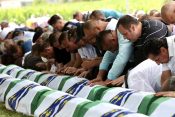
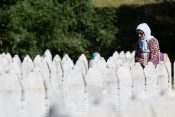


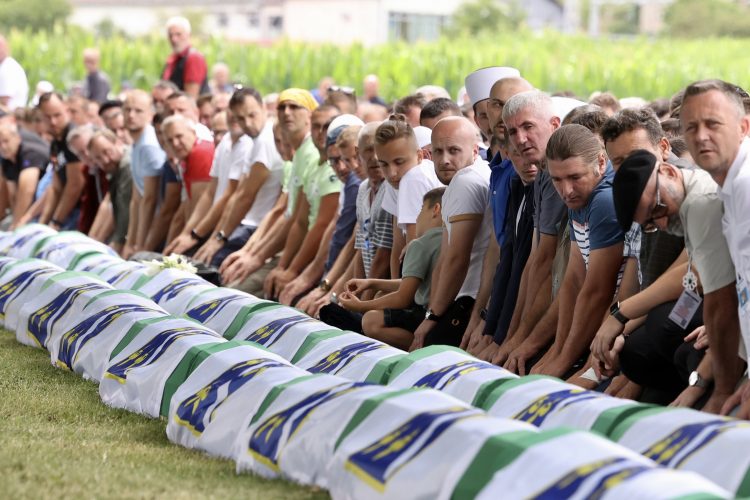

.mxf-750x422.jpg)
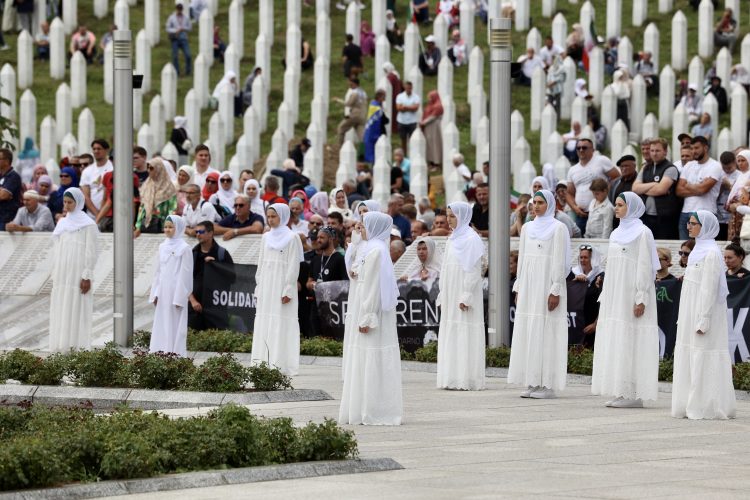
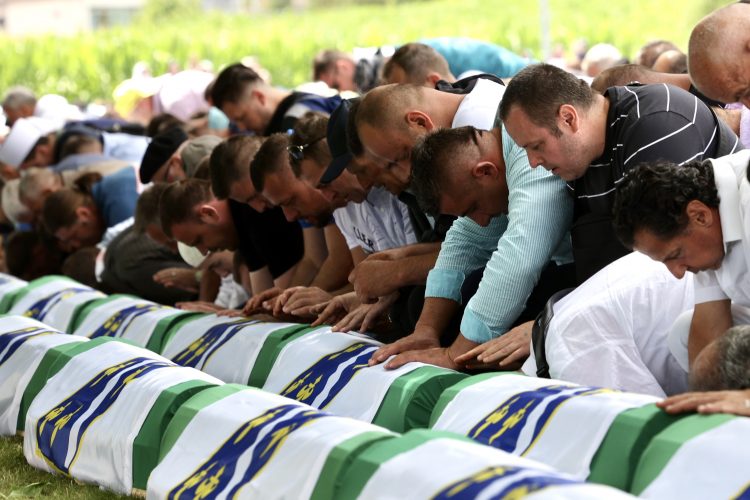
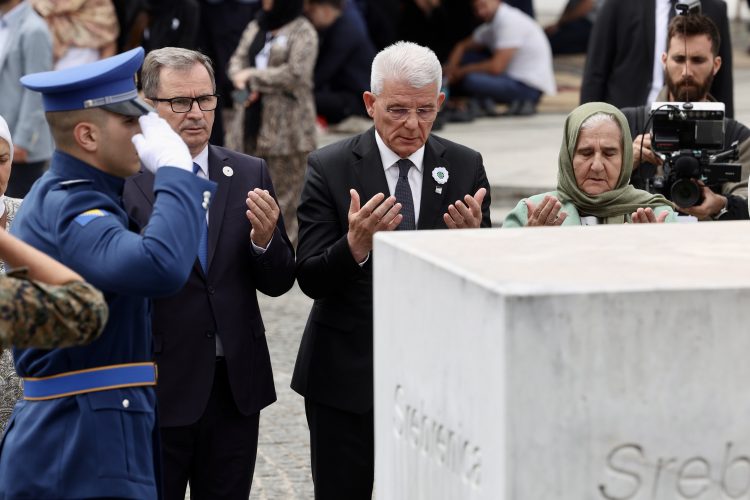

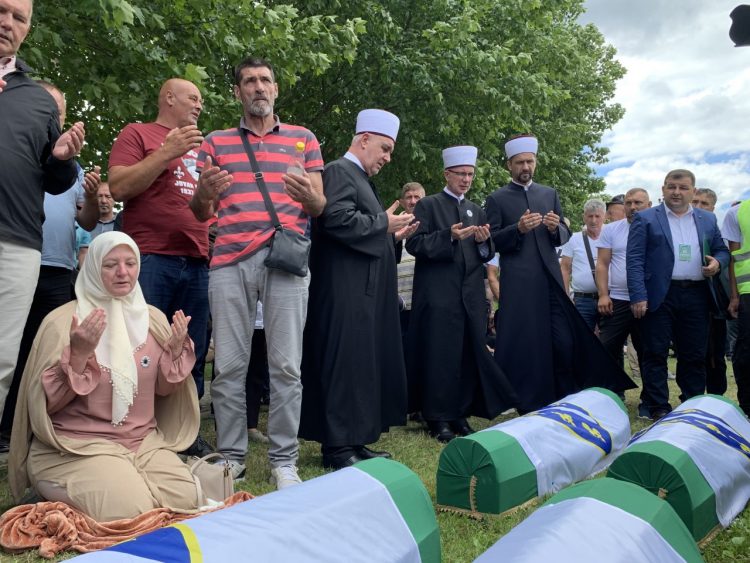

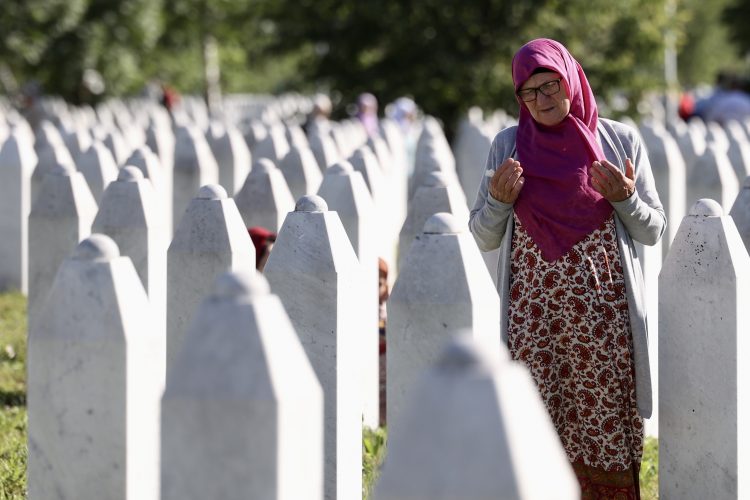
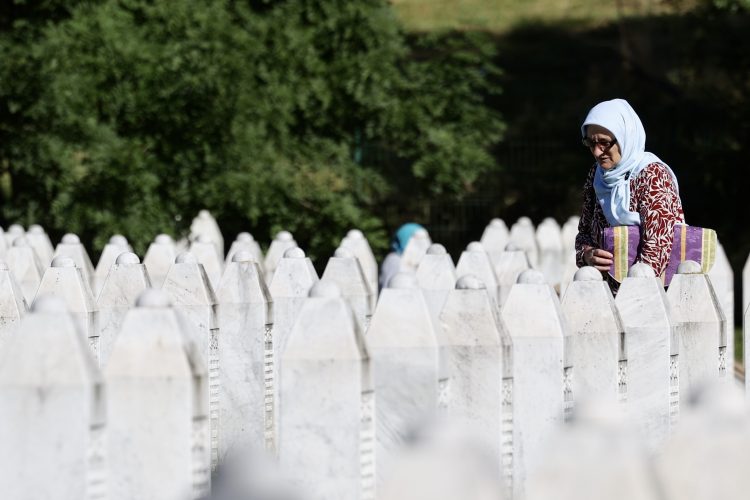
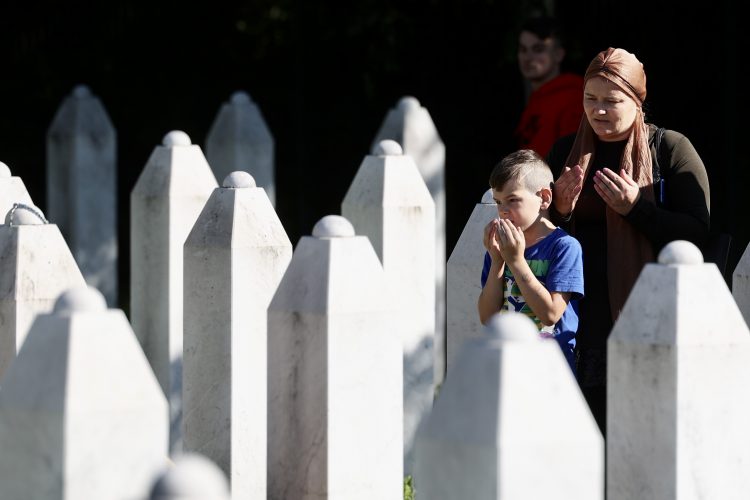
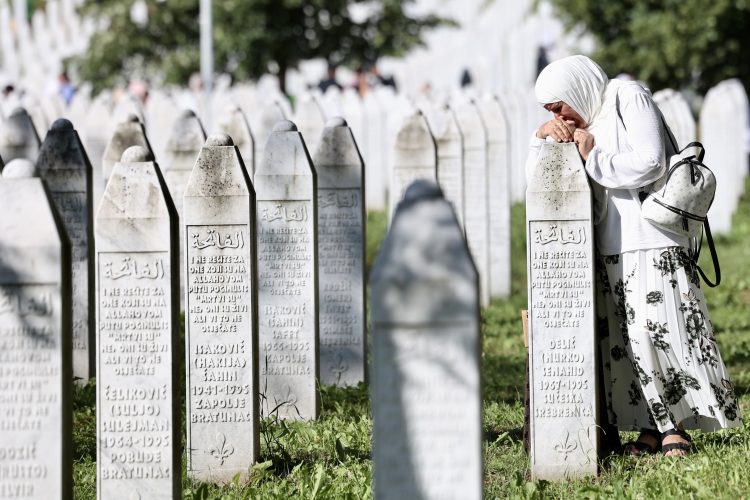


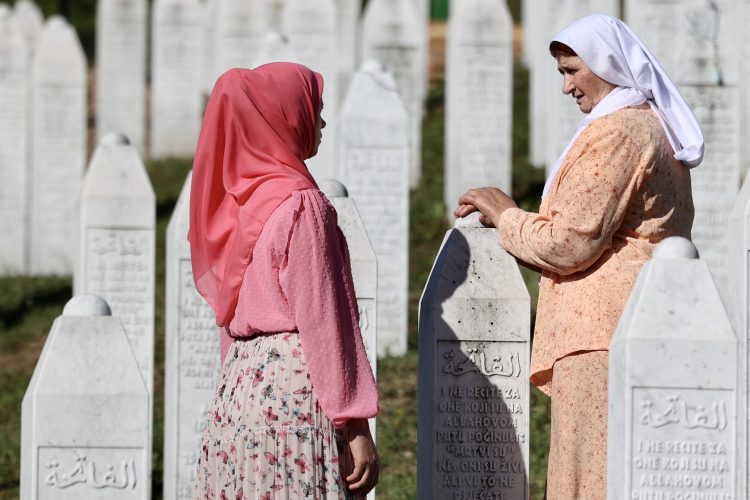
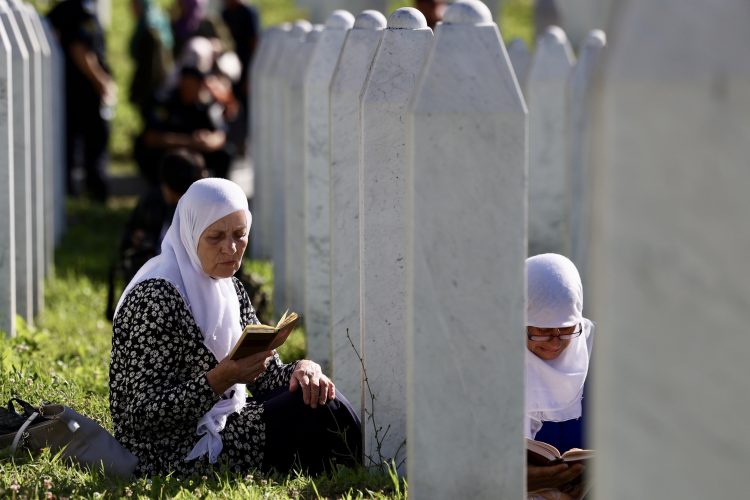
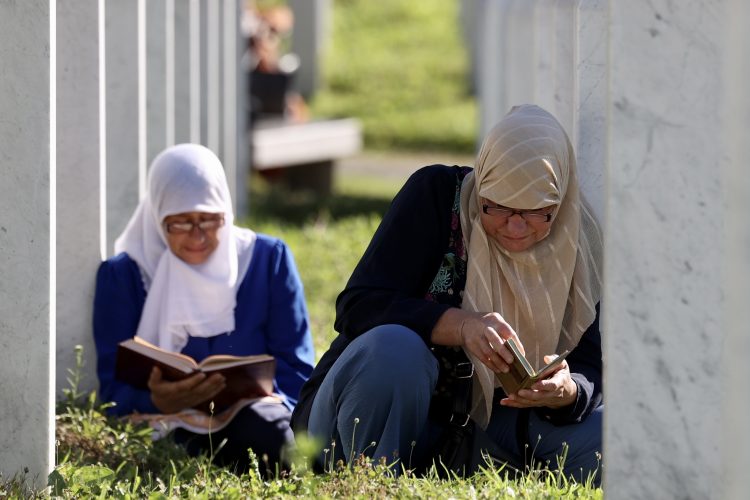

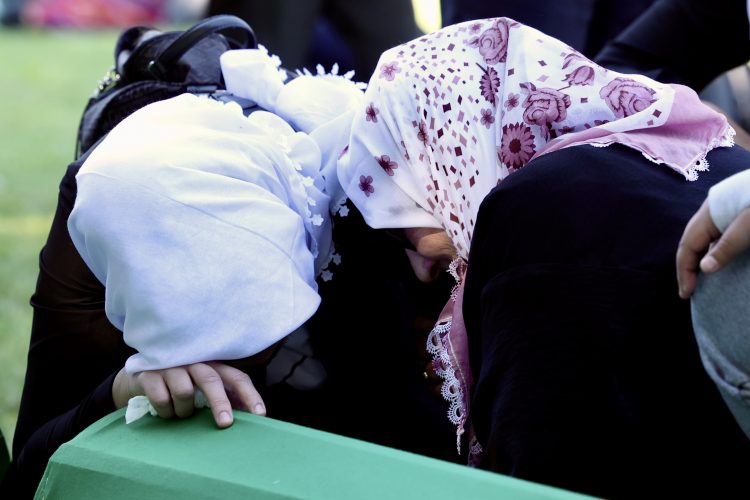

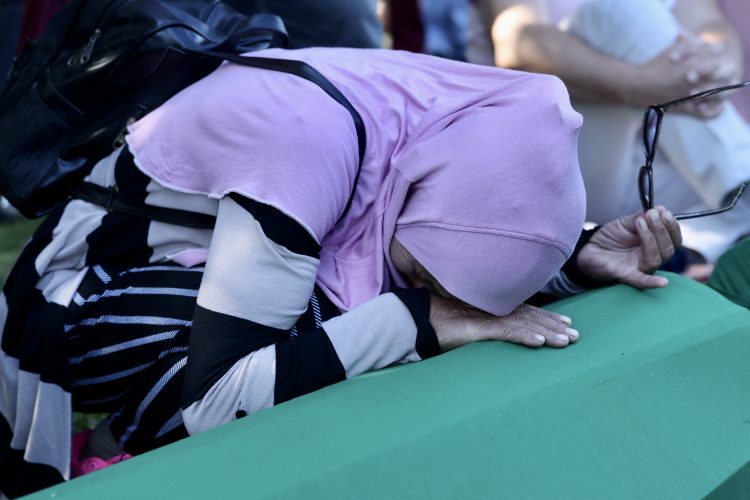

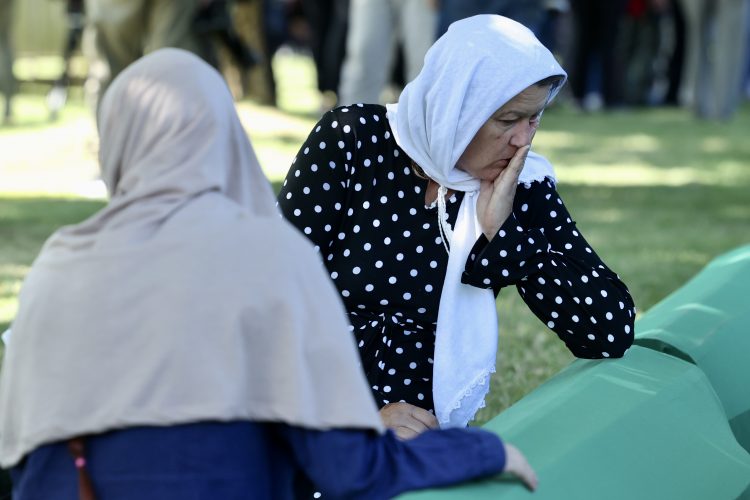
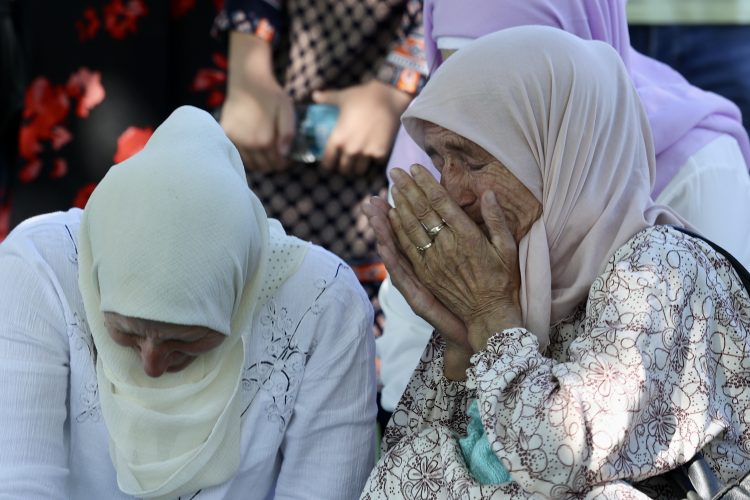
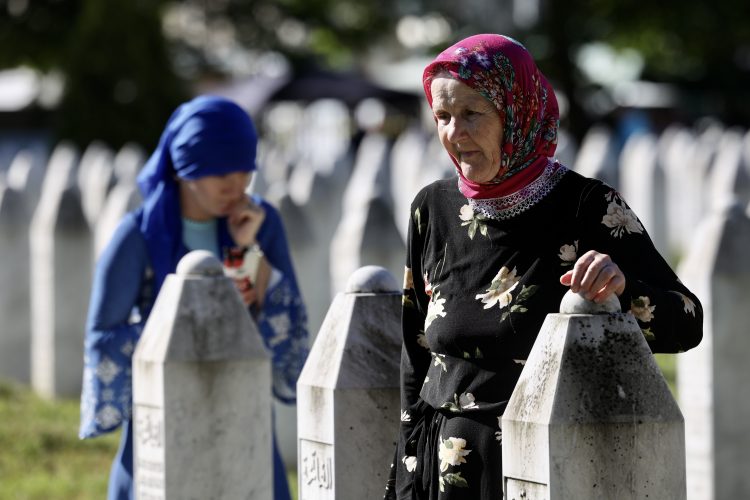

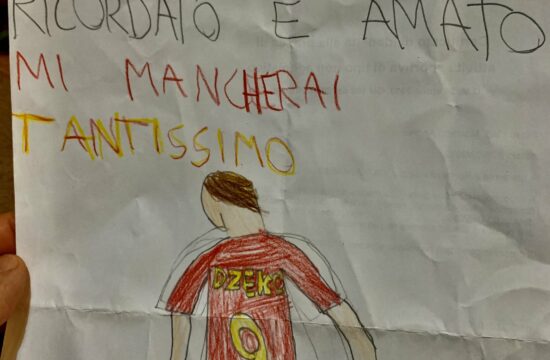

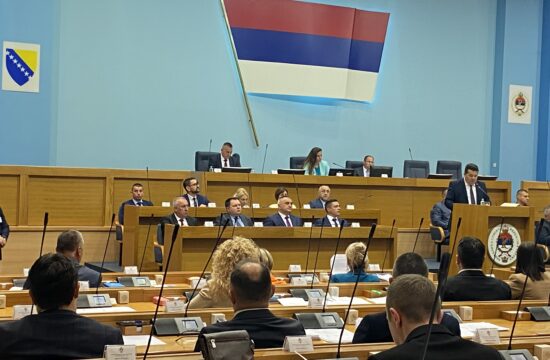
Kakvo je tvoje mišljenje o ovome?
Budi prvi koji će ostaviti komentar!